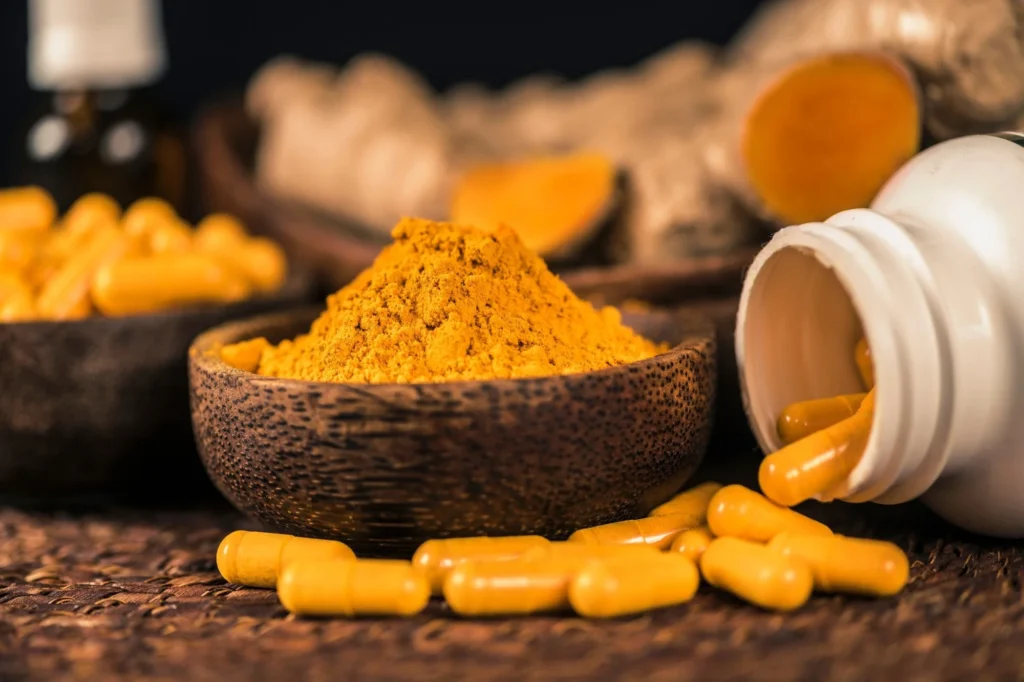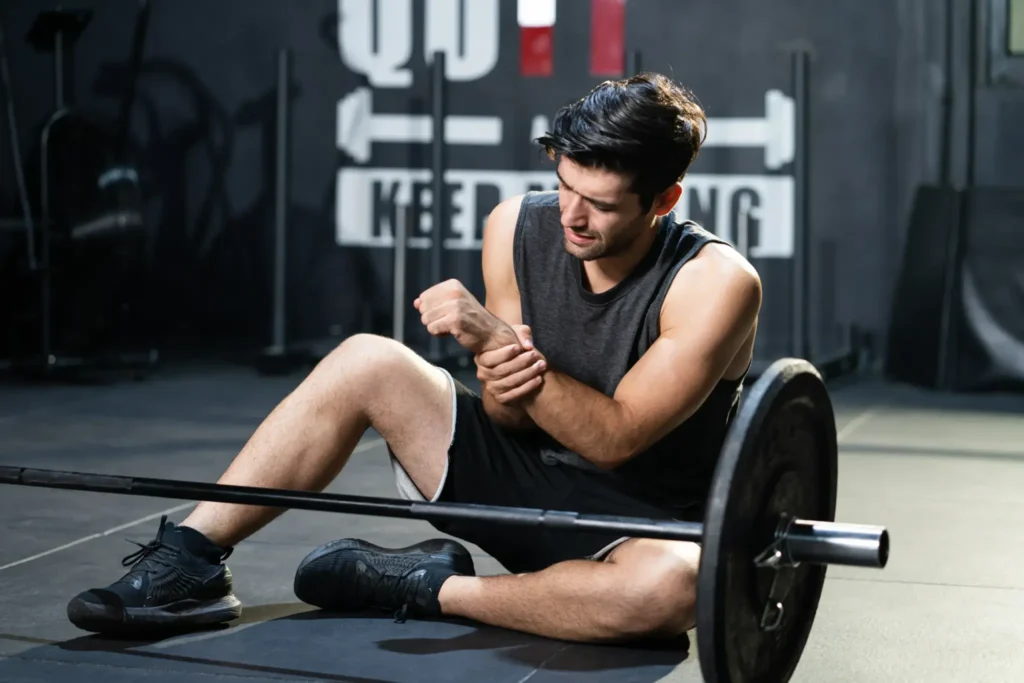Anti-Inflammatory Effects of NANO Curcumin Supplementation in Many Health Issues
Nano Curcumin is a highly absorbable form of the active compound in turmeric. Studies suggest it can improve risk factors for heart disease, decrease insulin resistance by helping to lower blood sugar, increase good cholesterol, and reduce inflammation. The relationship between traditional health and wellness practices and modern science has led to breakthrough discoveries in health supplements. You’ve seen a remarkable gem, golden spice in regular cooking practice, and golden milk turmeric lattes. For thousands of years, people have used turmeric not just for its color and flavor, but for its medicinal properties. Research has shown that the active compound in turmeric, called curcuminoids, has been used for centuries for its surprising health benefits. Ideally, around 2-5% curcumin can be extracted from the underground stems of the turmeric plant. What is Nano-Curcumin? Nano Curcumin is a nano-sized formulation of polyphenolic curcumin, or broken down into microscopic particles. This process makes it incredibly higher in aqueous solubility, making it greater bioavailability for your body to absorb and significantly promising therapeutic modality. You get more of curcumin’s benefits because your body can actually use it. This “higher-solubility” & “bioactive-elements” form of curcumin is capable of preventing or even reversing some regular lifestyle diseases, such as diabetes, metabolic syndrome, influenza, menstrual pain, and research shows can help your body fight back against some of the worst chronic diseases, including inflammatory gastrointestinal tract diseases, osteoarthritis and rheumatoid arthritis, etc. If you want to get the best results from the primary bioactive substance of curcumin, one has to get the nano formation of curcumin supplement in the purest form. Nano curcumin supplements are among the popular supplements that are synthesized into nanoparticles using nanotechnology by extracting polyphenolic curcumin. Moreover, this curcumin abstract substance could ensure high solubility and better absorption in the body. The Benefits of Nano Curcumin Supplementation For Cardiovascular Health! Cardiovascular disease is the prime cause of death worldwide, posing negative impacts on society. The leading cause of cardiovascular diseases, including obesity, uncontrolled blood pressure, type-2 diabetes, metabolic syndrome, NAFLD (Nonalcoholic Fatty Liver Disease), and unhealthy levels of lipids (fats) in the bloodstream, which in turn leads to many cardiovascular disease. Nano Curcumin is a medicinal herb used as a cardiovascular support supplement, which has been shown to improve our cardiovascular health. The main polyphenol compound of curcumin is abundantly found in the main stem of Curcuma longa (turmeric). Major prospective studies investigating the therapeutic effects of cardioprotective properties on the principal active compound of polyphenol curcumin, and how nano curcumin supplement helps lower the risk factor of cardiovascular incidence. A recent major meta-analysis using random variables in clinical trial pools results has shown that Nano Curcumin supplementation provided some amazing support. The study results show that a randomized, double-blind, placebo-controlled clinical trial was conducted, and nano curcumin supplements were linked to an improvement in the glucose profiles by lowering fasting blood glucose levels are weighted mean differences by up to -18.14 mg/dL, insulin weighted mean differences by up to -1.21 mg/dL, and average insulin resistance (Homeostatic Model Assessment for Insulin Resistance) weighted mean differences by up to -0.28 mg/dL. Surprisingly, using nano curcumin supplements led to increased HDL cholesterol with weighted mean differences of 5.77 mg/dL. Nano-curcumin supplements also demonstrated positive results in anti-inflammatory effects by lowering CRP levels (C-reactive protein), with weighted mean differences by up to -1.29 mg/L. This evidently supports that nano-curcumin can lower systolic blood pressure (SBP). The Benefits of Nano Curcumin Supplementation For Metabolic Health! Diabetes is a typical lifestyle disease occurring among people across the world. Type 2 diabetes mellitus (T2DM) is often a widespread form of diabetes, which is marked by insulin resistance and dysfunction of pancreatic glucose-stimulated insulin secretion. This has been the leading cause of developing T2DM, and is a condition where your body’s cells start to ignore insulin’s signal to take in sugar from your blood. This happens due to higher levels of LDL, triglycerides, total cholesterol counts, and lower levels of HDL, which are very common among diabetic patients. The same research that highlighted nano curcumin’s heart benefits also showed its positive effects on insulin resistance. By helping to lower blood sugar and insulin levels, it appears to make the body more sensitive to insulin’s signals again, especially for the millions of people suffering from high blood sugar. The lack of adequate medical benefits in consideration of significant improvement after using synthetic diabetic drugs, thereby adding efficacy and precision to the use of plant extracts as natural compounds, has increased. The use of medicinal herbs has been used as far back to mankind itself, and is considered as safe with fewer experiencing negative side effects. The nanoparticles of curcumin have greater bioavailability, solubility, and perceived effectiveness. So, using nano curcumin supplements is giving favorable results as the best form of a natural source of curcumin. The availability of hydrophobic polyphenol substances in Curcumin (diferuloylmethane) has many different kinds of biological and pharmacological benefits, especially reducing blood cholesterol levels, lowering blood glucose levels, antioxidant and anti-inflammatory properties. Curcumin is also very effective in controlling oxidative damage by neutralising free radicals. Anti-Inflammatory Effects of Nano Curcumin in Inflammatory Diseases: Inflammation plays a complex pathological role in the human body. The inflammatory response typically occurs in response to noxious stimuli and tissue deformation to keep the body’s biological systems stability. A little achy, a little tired, and certain chronic…body is inflamed. That feeling is often due to chronic inflammation. It is our body’s alarm system getting stuck in the “on” position. It’s referred to as our body’s survival mode. While short-term inflammation is good (it helps heal a cut or fight an infection caused by injuries and invaders like germs), in consideration of that, long-term inflammation is a troublemaker. It can contribute to a whole host of chronic diseases, from joint pain, arthritis, pancreatitis, cardiovascular, neurodegenerative disease, inflammatory bowel disease(IBD), and nonalcoholic fatty liver, even affecting your mood, which in turn exacerbates the risk of chronic inflammation. So, how do you calm










